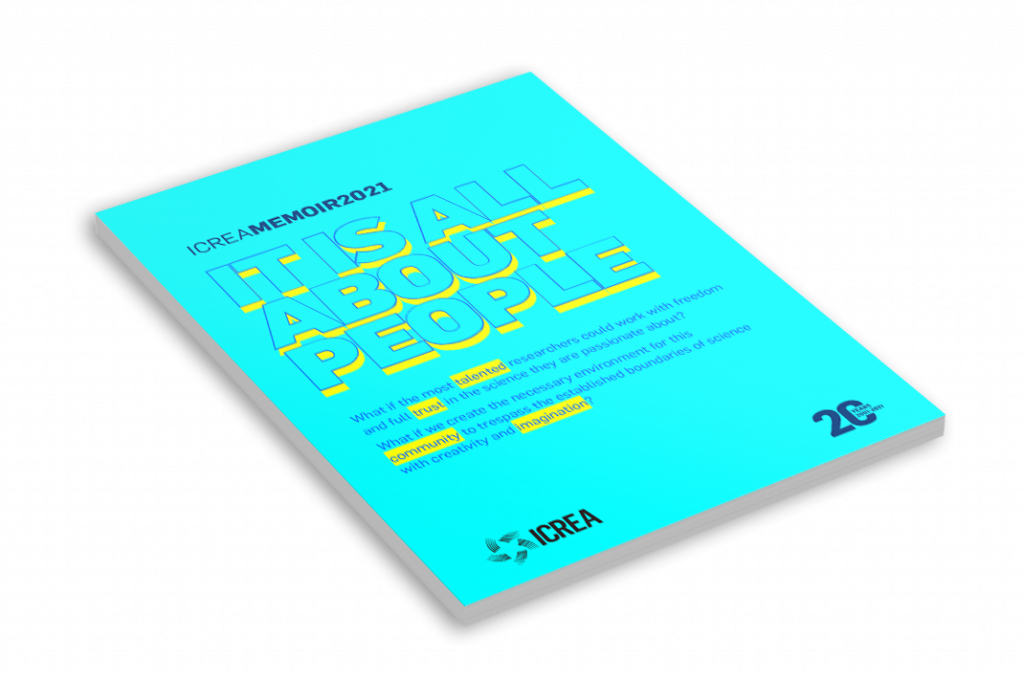Phase transitions are ubiquitous in Nature. When we boil liquid water, bubbles of vapour appear and expand until the entire volume is filled by gas. It is conjectured that the Universe may have undergone a similar process many billions of year ago: As it expanded and cooled down, bubbles of a new phase may have appeared and expanded until the new phase filled the entire Universe.
This process, known as a cosmological phase transition, would have produced tiny ripples in the fabric of spacetime, known as Gravitational Waves, that would have been traveling through the Universe ever since they were emitted. The most exciting aspect is that we may be able to detect them in the near future.
Maximising the discovery potential requires the determination of a few parameters controlling the phase transition. The most important one is the bubble wall velocity, namely the velocity at which the bubbles of the new phase expand. This parameter is extremely challenging to compute with conventional methods because it involves out-of-equilibrium physics. For this reason, we have used a string-theoretical tool known as “holography”, which maps the properties of the bubbles in our fourdimensional world to those of … a black hole in five dimensions!
By solving Einstein’s equations in five dimensions we have determined the time evolution of the black hole horizon, and from this the wall velocity. We have been able to go even further and we are currently computing the spectrum of four-dimensional Gravitational Waves directly in terms of the fivedimensional black hole dynamics.

